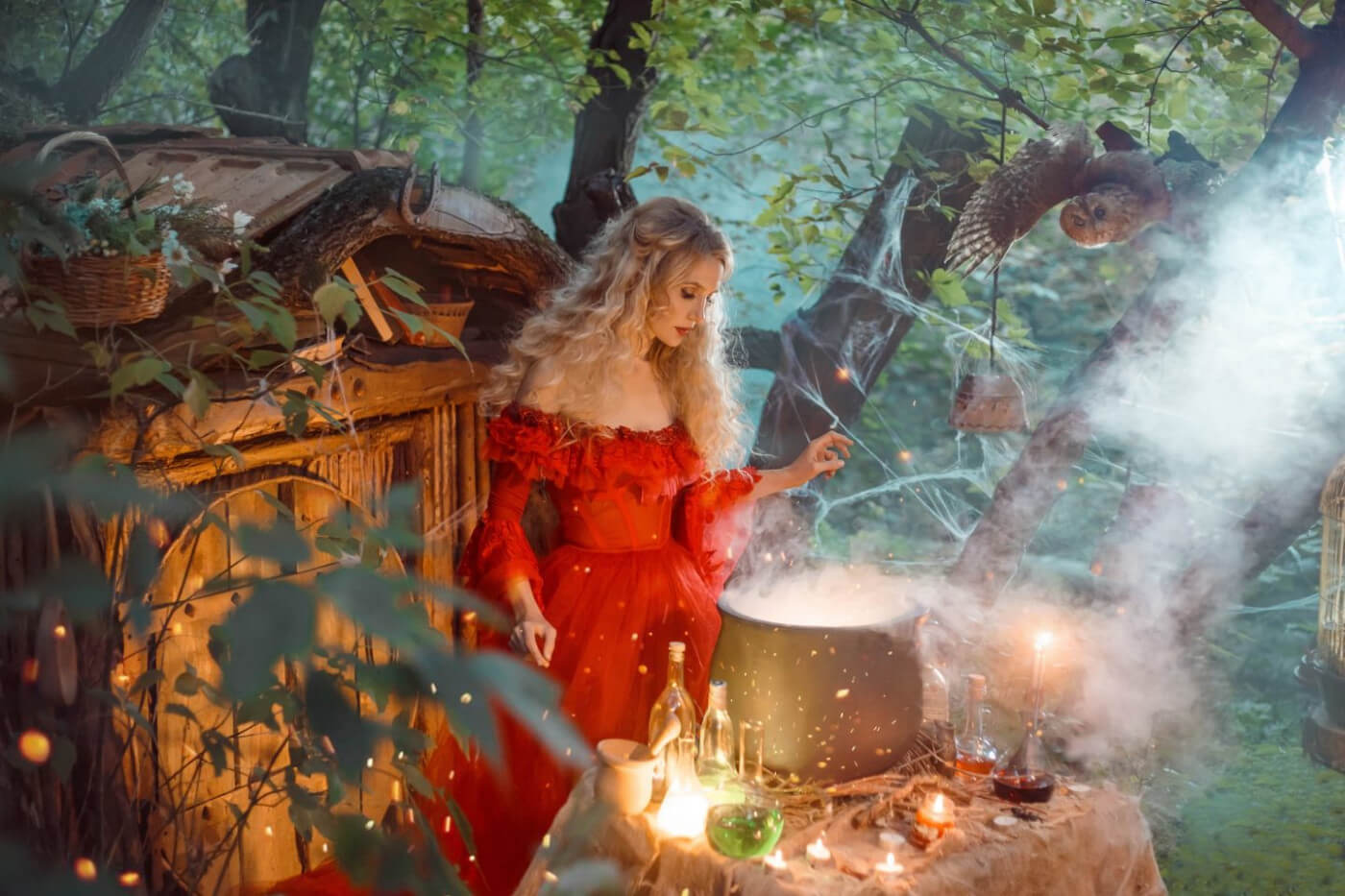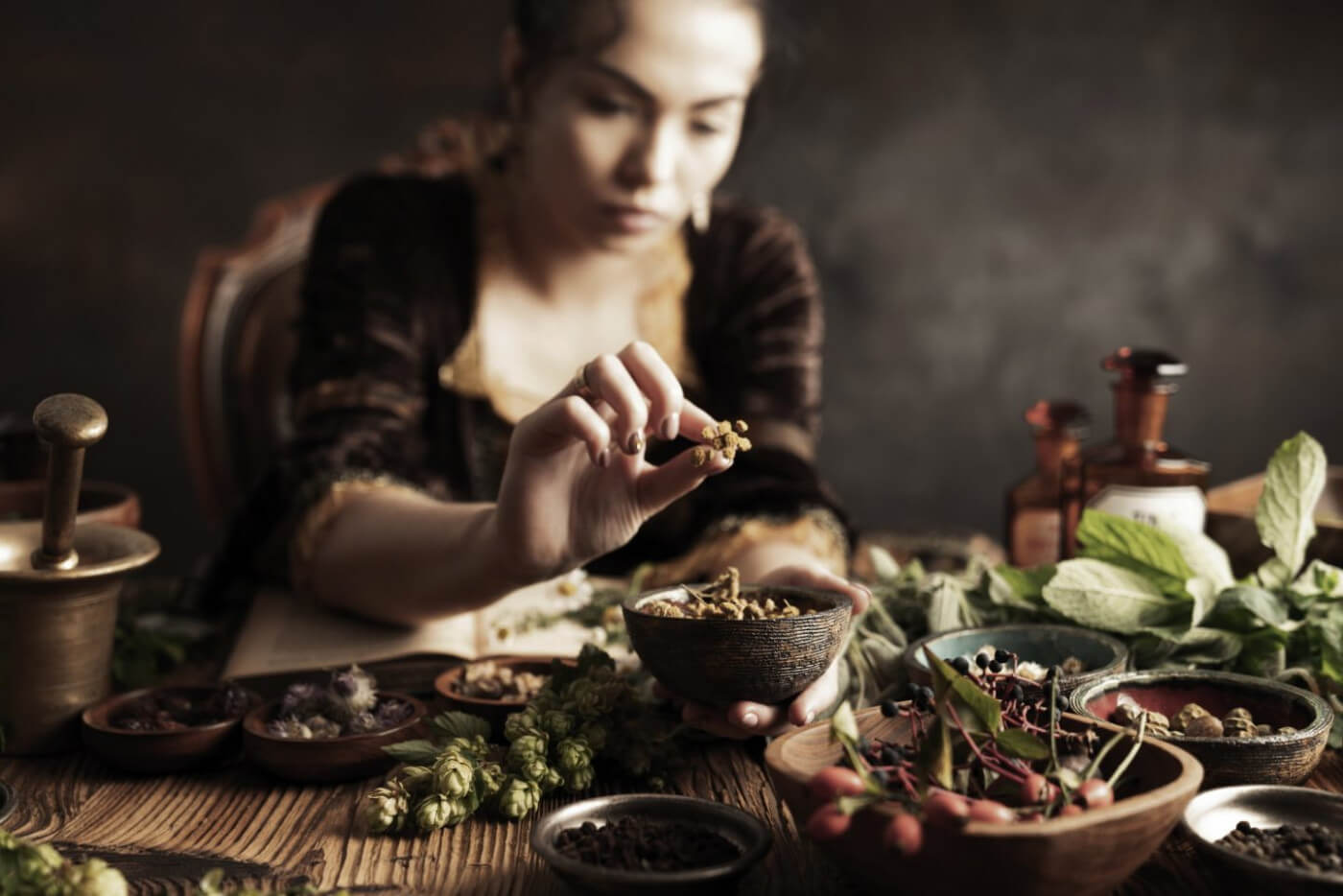How do you welcome Spring? Well, if you’re one of the four hundred million-plus people who follow an ancient folk custom instead of (or alongside) a modern religious practice, you might be making an offering to Eostre, Flora, Persephone, Hara Ke, or another goddess that represents the spirit of the season.
During the months that follow the Spring Equinox, we celebrate the return of the sun. The sun’s warmth does more than offer nourishment to the people and plants on Mother Earth—it awakens the seeds from the previous cycle.
Springtime goddesses represent an awakening of their own—and what a glorious awakening it is! Their arrival symbolizes the dawn of new beginnings, where potential seems infinite, and anything is possible.
Ēostre as the Spirit of Ostara
For a goddess that’s praised with feasts for the entire month of April, Ēostre’s backstory is a bit muddled. Despite varying accounts of her heritage, most scholars agree that Eostre’s roots lead back to old-world Germany. Over time, her Germanic roots became entangled with Christian stories and Ēostre was born from the Pagan holiday, Ostara, and the Christian holiday, Easter.
Despite an obscure history and a shortage of stories, Ēostre is perhaps one of the most popular Springtime deities. She represents sensuality, excitement, and readiness—sentiments that make perfect sense to anyone who’s emerging from months of hibernation. Call on her for fertility issues, to increase stamina or when you’re starting a new venture.
And what can you share with Ēostre in return? Offerings fit for a picnic. Host a small gathering with cakes, wine, tea, and bread during her sacred month of April. Don’t worry about staying out past your bedtime. Ēostre may be a goddess of the dawn, but her parties last late into the night.
Flora as the Queen of Flowers
Flora is the goddess of all that blooms in nature. No matter if it’s a field of wildflowers, a tree heavy with ripe cherries, or a human that’s transitioning from childhood into adulthood—Flora takes delight turning buds into blossoms. To her, nothing is as beautiful as the ever-changing human form. Her free spirit encourages humans to explore earthly and bodily pleasures. Although some historians claim that she was a minor goddess, a six-day festival called Floralia was named after this Roman Queen of Flowers.
Invite Flora into your craft by displaying living or freshly cut flowers throughout your home. Ask her for guidance with your desires or in the areas of your life that have yet to flourish. Invoke her spirit by crafting a crown of flowers, sunbathing in the nude, or performing a self-love ritual in her honor.
Hara Ke as the Enchantress of Seeds
Like all goddesses, Hara Ke is available any time of the year, but she makes herself known during the seasonal shift that follows the Spring Equinox. According to West African legends, Hara Ke lives beneath the Niger river with her companions, a pair of dragons named Godi and Goru. She emerges from the river when it’s time to bless the land with new life. As a goddess of freshwater, growth, and bountiful harvests, her gifts are crucial to survival.
Hara Ke’s arrival coincides with the springtime rains that gently wake the seeds and prepare the soil for sowing.

Gardeners, farmers, or anyone who wants to foster a relationship between themself, plants, and Mother Nature will find her easy to work with. Invoke her with a ritual bath or water divination. Place a small bowl of exotic seeds on your altar as thanks. Better yet, put them in soil and care for them her name. In return, ask that she purify and consecrate your gardening tools for a prosperous season.
Persephone as the Maiden of Duality
The story of Persephone is one of the most talked-about (and debated) within Greek Mythology. Whether you believe that she was abducted or went willingly, Persephone left the world of light to rule alongside Pluto (also known as Hades) as Queen of the Underworld. But Persephone and her mother, Demeter, showed us that the bond between a mother and daughter isn’t weakened by time or distance.
Demeter, goddess of agriculture, threatened to scorch the land every day that her daughter was missing. She would starve the trees, the people, and eventually, the gods. Life would turn to dust. Understanding that the death of humans would lead to the death of the gods, Pluto had no choice. He reluctantly returned his bride to the realm of life. Only when Persephone was safely back in her mother’s arms, did Demeter shower the land with her fertile tears, thereby initiating the return of Spring.
Persephone’s rotation beneath the realms of life and death solidifies her reputation as a goddess of transition and duality. Springtime maiden during the light half of the year and Queen of the Underworld during the dark months.
Invoke her spirit with glamour rituals or spells to magnetize love. You can also call on Persephone to communicate with deceased ancestors. In exchange for her participation, leave gifts of red wine, pomegranates, or floral perfume.










